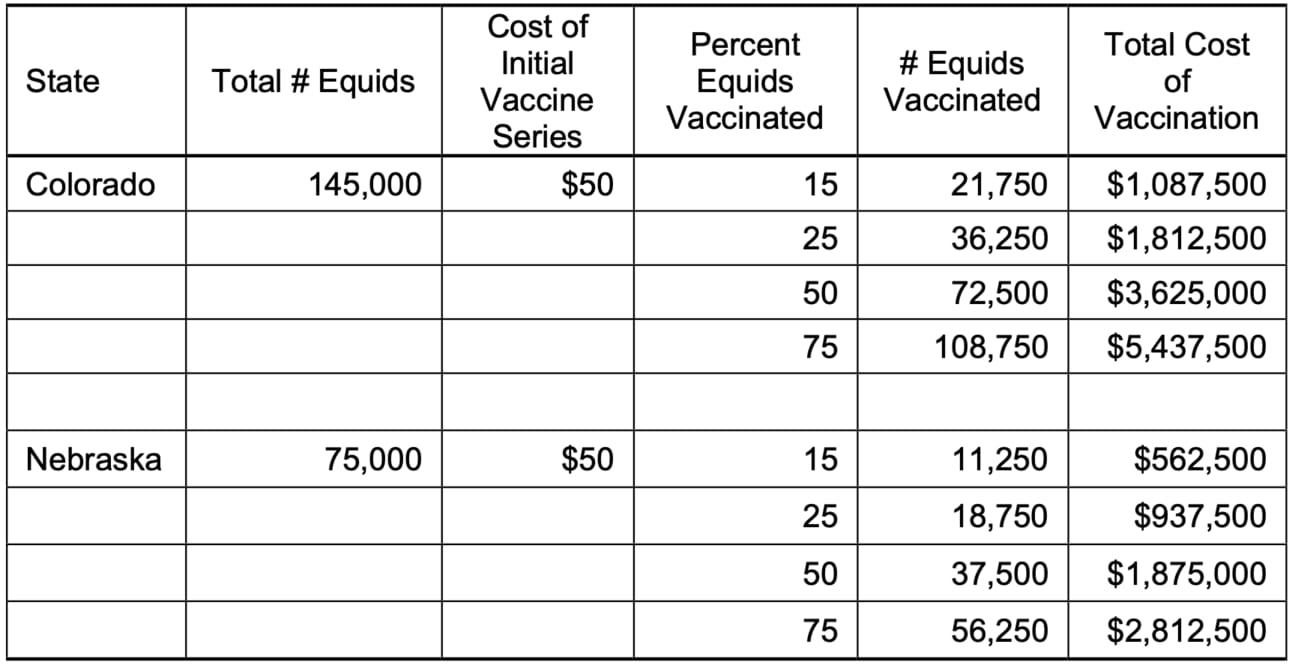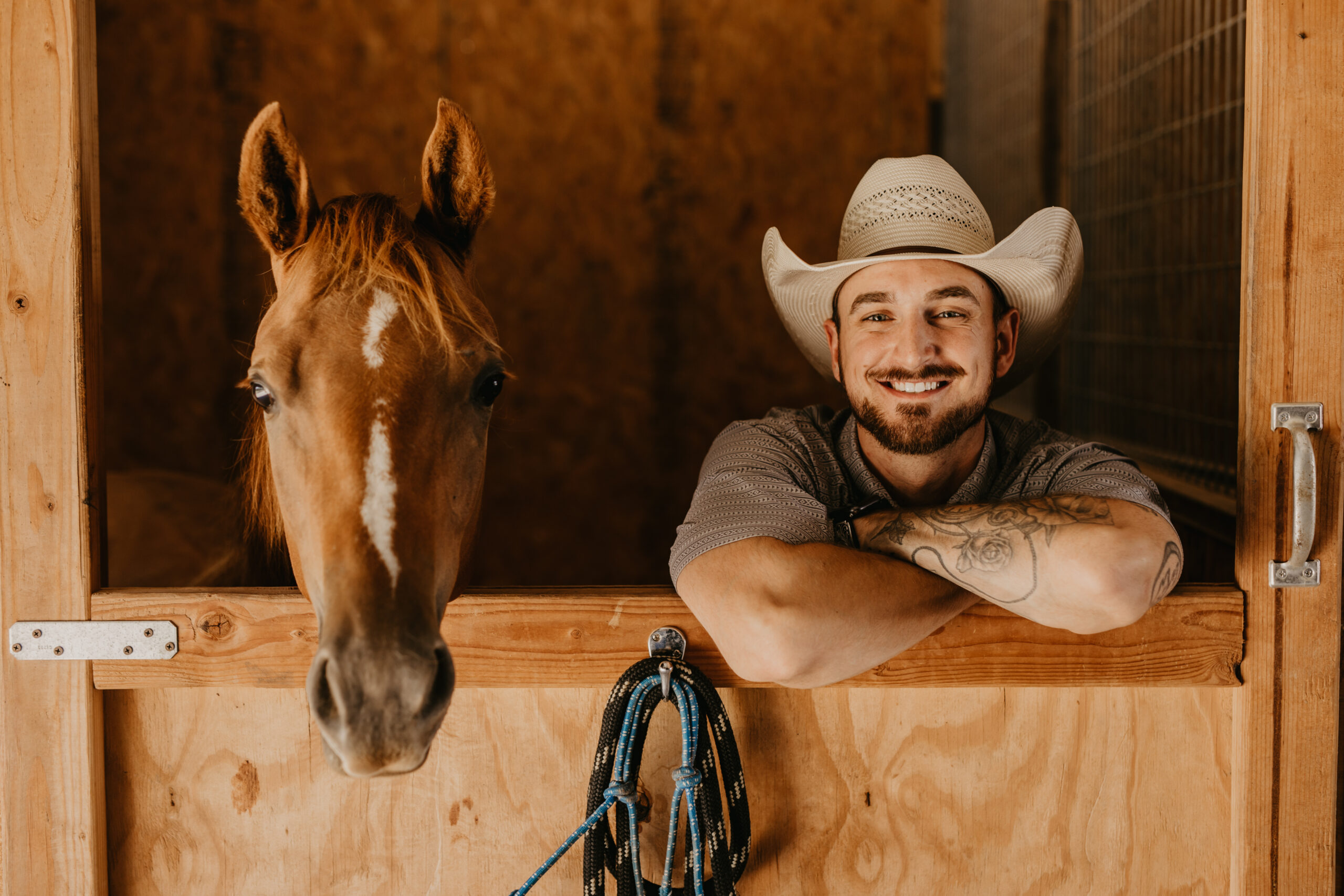
Hey there, partner. This is The Oxer by Pegasus. The newsletter that takes you out of your tack room and into the global equestrian industry.
🐴 Here’s what we’ve got for you today:
-
West Nile Virus: A recap on what it is and how it affects the equestrian industry.
-
Why are riding schools in the UK still struggling?: Investigating answers to this question.
-
How to get a front-row seat to your regional equestrian industry: Hear the latest episode on The Pegasus Podcast with Shawna Mills, admin of the Facebook group Southern New Hampshire Equestrians.
-
How to get a job as an equestrian sales rep in Britain: Leonie Peacock, founder of Kick On Recruitment, on The Pegasus Podcast.
-
Final Foals: Check them out after the second story of this edition.
Before we get into it, have you signed up to try out Pegasus’s beta?
If not, head to Pegasus, click “get early access,” and sign up today!

Get ready for some great stories this week 👇
🦠 How Does the West Nile Virus Affect Equestrian Economically?
What happened?
-
West Nile virus has appeared in the US for two decades now.
-
Although a vaccine exists for WNV, it still affects hundreds of horses.
-
However, WNV cases among horses are underreported, meaning the actual number is larger.
-
Colorado, Nebraska, and North Dakota’s equine industries in 2002 are a warning for what could happen if WNV spreads rapidly again.
Our jump on the subject
All it takes is for one mosquito to bite a horse and it can be subject to the WNV.
West Nile Virus (WNV) is a mosquito-borne flavivirus that can cause inflammation of the brain (encephalitis) in humans, horses, and other animals. It is the most common cause of mosquito-borne illness in the United States.
WNV is transmitted to horses when they are bitten by an infected mosquito. The virus can replicate in the horse’s blood and eventually reach the brain and spinal cord, causing inflammation.
The West Nile virus was barely an issue as of the late ‘90s. Then in 1999, 25 equine cases existed in the US.
Fast forward to 2003, 15,257 equines were infected!
It’s shocking how fast a deadly virus can spread.
Thankfully, today we have a vaccine for WNV.
Despite stats suggesting that WNV among equines is much lower than years past, cases are still “largely under-reported.”

Most recent map by the USDA, 2019.
This is because only cases that are confirmed by a laboratory and reported by a veterinarian to state authorities are included in the official number of infections.
However, not all horse owners can afford or want to test their horses, and not all veterinarians will recommend WNV testing to confirm a case.
For example, if a horse is not vaccinated and has clinical signs that are consistent with WNV infection, the veterinarian and/or owner may not think it is necessary to get the diagnostics done to confirm the diagnosis.
It’s recommended that owners get their horses vaccinated for WNV. The virus has a 30% mortality rate, meaning that almost one-in-three horses that get infected die.
Whereas the rate of survival for horses that were vaccinated was at 100%, according to a study by researches from the University of Florida.
There isn’t any recent research projecting approximate numbers of economic impact on a national scale, but research focused on North Dakota for 2002 found that it cost the state’s equine industry almost $2 million that year alone.
Horse owners themselves had to spend $1.5 million—half of those costs being medical and the other half being what owners lost due to not being able to use their horses anymore.
The USDA also did a study on Colorado and Nebraska for the same year and found that the cost of losing equines from WNV, between both states, sat at more than $600k.

The cost of treating equines for WNV cost almost $500k.
While a lot of money is lost when horses die due to illness, nothing is worse than losing your best friend.
🇬🇧 No New News About Riding Centers in Britain
What happened?
-
A follow-up survey to last year’s by British Equestrian found that riding centers are still struggling.
-
Statistics from last year are pretty much mirrored to this year’s results.
Our jump on the subject
The latest survey, conducted by British Equestrian and other equestrian organizations, found that 70% of riding schools are operating at only 75% capacity. Half of all riding schools have a waiting list.
The survey also found that many riding schools are struggling to find coaches, volunteers, and horses. This is especially a problem in the southeast and southwest of England.
The cost-of-living crisis has also made it more difficult for riding schools to operate. And the cost of insurance, feed, and energy has increased significantly.

In an interview with HorseTalk, British Equestrian’s Head of Participation Mandana Mehran Pour said that “our equestrian establishments are on the brink of a disaster and traditional delivery models are under threat if we don’t find ways to address the issues.”
Fortunately, most of Britain’s riding space is optimistic, with 61% of centers seeing their futures as positive.
British Equestrian will be expanding its efforts to promote existing resources to help riding schools with business development, growth, marketing, funding, volunteer and staff management, and fundraising.
The Together Fund from Sport England has provided £250,000 to support riding schools after COVID, and British Equestrian will also promote other available funding opportunities across the equestrian community.
🐴 This Week’s Final Foals
🇨🇦 The destiny of these wild horses in Canada looks uncertain.
🤿 How swimming can be healthy for horses.
🚀 We launched The Oxer by Pegasus on LinkedIn! Say hello, leave a comment, and tell us what you think of these stories directly on LinkedIn.
Take your time to digest these stories and let us know what you think by replying.
Check your diagonal,
The Oxer by Pegasus











